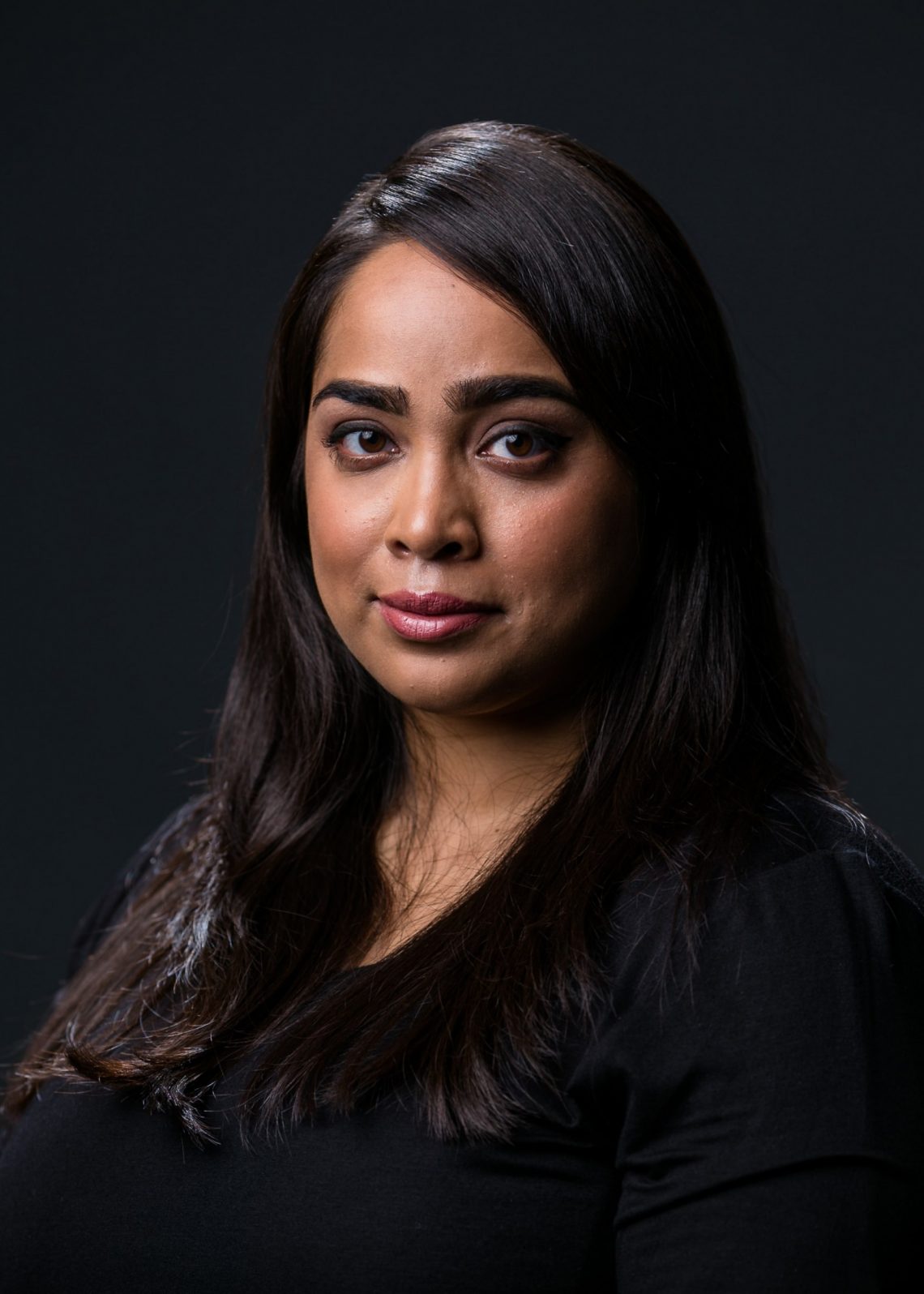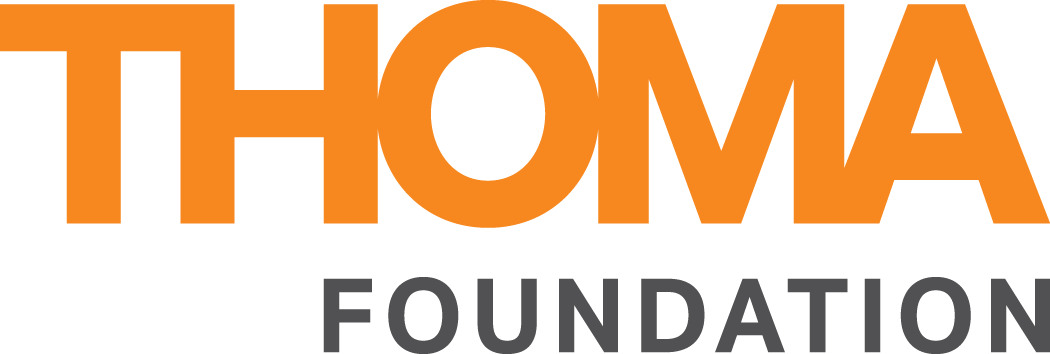
Interview with 2016 Digital Arts Writing Awards Recipient, Nora Khan
| May 24, 2016 | |
| Digital & Media Art |
Nora Khan received the $20,000 award ($15,000 award plus the opportunity for a $5,000 project grant) for an emerging arts writer in the U.S. who demonstrates great promise in writing about digital art. Nora Khan is a writer and editor, and currently contributing editor at Rhizome. She writes fiction and creative essays about digital visual culture, the poetics of artificial superintelligence, the hidden affective life of Facebook emoji; belief in games; intelligent personal agents built on ambient neural learning systems; and the use of simulations to critique neoliberalism. Her writing has been published in Rhizome, Kill Screen, Conjunctions, After Us, AVANT, DIS Magazine and American Literary Review. She was a contributing critic to the Guggenheim’s Åzone Futures Market exhibition and co-managed Futures Along the Blockchain, a Rhizome fall commission.
THOMA FOUNDATION: When and why did you begin writing about digital art, and why has it been important for you to contribute to scholarship in the field?
NORA KHAN: My entry into the digital arts was a series of essays about games that I began writing about seven years ago. Understanding game worlds as art, from the first DOOM to abstract sonic compositions built in Unity, ultimately prepared me for the the vast poetic possibilities of experimental digital work. Since I was little, games have been an oblique field for exploring meaning and longing. My comfort in game worlds translated naturally into writing about digital art as a field. The impulse is the same: the artist invests her desires, fears, anxiety, and critique into an image on a screen. I wanted to describe how digital visual cultures are ethical, emotional, political, and transformative undertakings that can create radical languages. I wanted to support, through my writing, artists who gesture at how virtual platforms can allow for a more learned, and compassionate world. Finally, I wanted, and continue to want, to attempt to answer these questions: How do we express joy and wonder through the digital, within the bounds of increasingly oppressive systems? How is networked surveillance altering our expression, our language, our interpersonal understanding? How will contemporary digital art interrogate systems of power when that very art is built in, presented through, the media apparatus of power itself?
THOMA FOUNDATION: Who are some of your influences (thinkers, writers, artists, educators, etc.)?
NORA: I had great writing teachers, novelists and story writers who I am humbled to have ever been in the orbit of, including Jamaica Kincaid, Elizabeth McCracken, Marilynne Robinson, and Jonathan Ames. The writers who have influenced me the most in this tranche of life are Kazuo Ishiguro and Flannery O’Connor. I love Samuel Delany, Octavia Butler, and William Gibson. I love Jeanette Winterson and Lynne Tillman and Clarice Lispector; I love James Baldwin, Hilary Mantel, and oh! George Eliot. Day to day, I am most influenced by my peers. I am passionate about writers who can twist and bend language to their will, to in turn, and about musicians and artists who make me think thoughts I’ve never had before. I’m grateful for their energy and spirit and wildness. They’re out here. Here are just a few of the excruciatingly talented people I have learned from: Jenn Frank, Ryan Kuo, Jeremy Bushnell, DeForrest Brown, Jr., Brian Rogers, Lars Holdhus, Mat Dryhurst, Merve Emre, Claire Tolan, Sasha Litvintseva, Katja Novitskova, Sam Rolfes, Patty Chang and David Kelley, Jeny Zhang, and Jaakko Pallasvuo. All are brilliant, and very comfortable with the uncanny, with what’s difficult to articulate.
THOMA FOUNDATION: What kinds of programs would you like to see supported in the field?
NORA: Many of us working in the fields of digital art criticism and technology criticism could stand to have more bridges built with thinkers in other fields, whether cultural studies, or economic history, or anthropology, or philosophy of mind. I would love to see productive discussion spaces in which practitioners of diverse backgrounds can converge to explore lacks and blind spots in criticism. Maybe this would look like a room in which the same piece – say, a simulation installation in a gallery – is examined by an art critic, an economic historian, a philosopher, a scientist, an engineer, a novelist. Talks would ensue. Critics and writers can always learn more, and most, I suspect, from extreme, varied exposure to every perspective under the sun.
THOMA FOUNDATION: Briefly describe your current writing projects and/or those you anticipate beginning or completing in the next year?
NORA: I have writing in Dawn Mission, an artist book by Katja Novitskova in conjunction with her upcoming solo exhibition of the same name at Kunstverein in Hamburg. In collaboration with artist Steven Warwick, I am writing an essay, which will be the basis for a film. We are poring through the early seasons of the X-Files and examining Internet forum culture within the show, as it shaped and affirmed (offline) paranoiac fantasies and conspiracies about enemies of the state. The film will be presented at ICA London. Much of this year, I’ve developed an essay on the digital detritus of ‘90s-era U.K. rave nostalgia, featuring interviews with experimental musicians Evian Christ, Lee Gamble, and Lorenzo Senni, and analysis of how found online footage of raves is being reworked into a distilled contemporary aesthetic. I am currently working on a review of the Serpentine Gallery’s newest Digital Commission by Ian Cheng, and I will be covering Yuri Pattison’s Enquire to Annotate, developed as part of the Chisenhale Gallery Create Residency.
THOMA FOUNDATION: How do you anticipate this award will impact your career and work?
NORA: The Thoma Award will certainly help me carve out time to complete projects that require meticulous research, dialogue, and conversation. I hope to collaborate with more critics to put pressure on stagnant points of inquiry in art criticism, such as: trendy data art that ignores the more insidious aspects of the quantified self; troubling ethical issues in the art market and institutional bias; and the ever-pressing question of all the unpaid labor done by digital artists, whose work is distributed for free. I hope some of these discussions could provide fresh analysis and perhaps, workable solutions. I also plan to write a series of longform essays on the technologies which seek to replicate or supersede human artistic creativity; consider how bots are increasingly refined to automate fiction writing, poetry, and painting. Cognitive systems technologies, powered by Watson, scan faces at ATM machines for raw material on our expressive capability. I would like to explore what this pressure means for artists. And I hope to outline what semi-automated creativity in collaboration with human creativity could look like.
THOMA FOUNDATION: What would assist you in moving your current projects and/or ideas forward?
NORA: I am most supported by time to think and work, and access to individuals who I might learn from: thinkers, critics, writers, artists. I hope to find more institutional partnerships that will help me present my writing and ideas. I would like to explore more studio visits and studio critiques, as these are enormously helpful for me in understanding why artists work the way they do, and why they choose their subjects, methods, and terms of engagement. This interview has been edited for length.
Read more about the 2016 Arts Writing Awards recipients.
